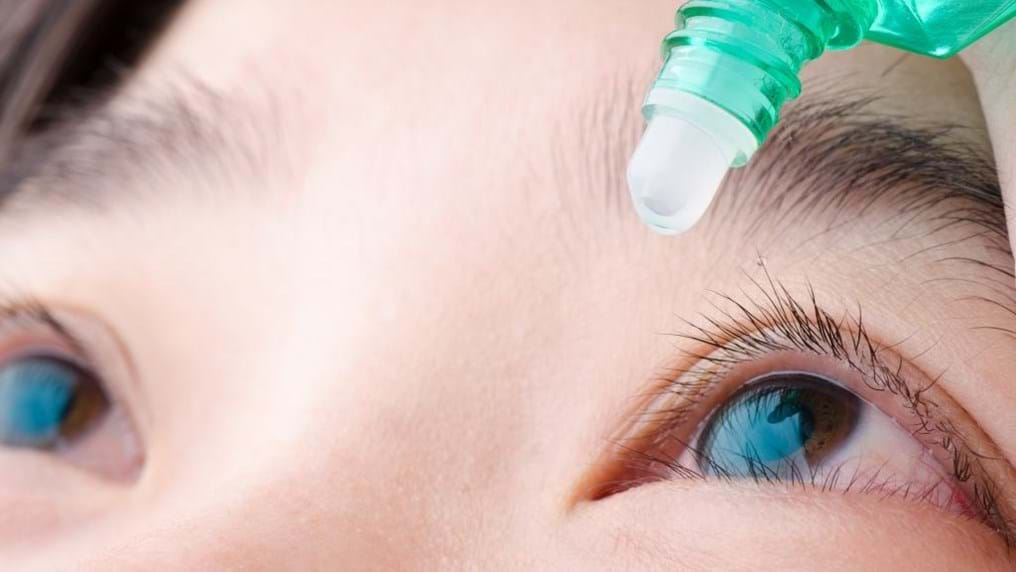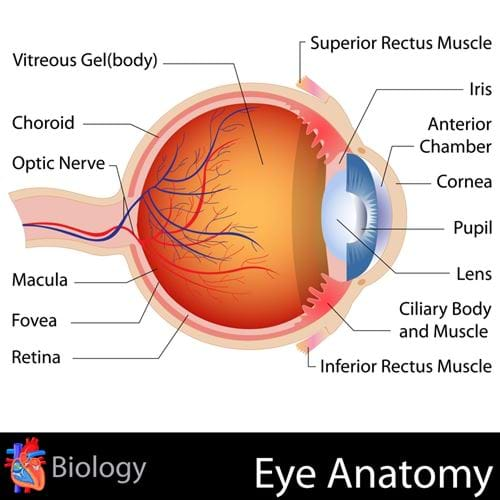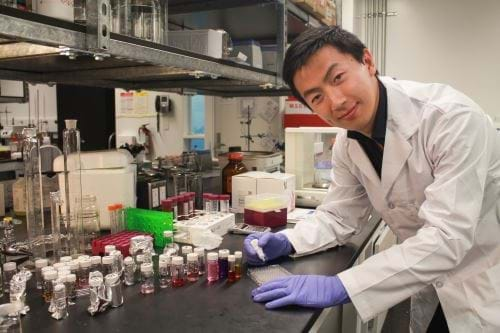Day 149: Nano-drops provide relief for dry eyes

23rd October 2014
Author: Geoff Maitland, IChemE President 2014–2015.
For the millions of sufferers of dry eye syndrome, this is not the case. The treatment for this painful condition is to use drug-laced eye drops three times a day.
Researchers from the Department of Chemical Engineering and the Centre for Contact Lens Research at the University of Waterloo, Canada, have developed a method for using drug-infused nanoparticles to help deliver long-lasting relief for eyes in less drops.

This leads to eyes drying out and then becoming inflamed and swollen, which can cause permanent damage if left untreated.
Treatment for this syndrome ranges from daily eye drops to surgery, in more severe cases. But it is not normally considered to be a serious condition, just a very uncomfortable one. Patients are currently recommended to apply medicinal eye drops three times a day because of the eye’s ability to self-cleanse and thus wash away 95 per cent of the drug.
The team at Waterloo have developed a topical solution containing nanoparticles that can treat dry eye syndrome with only one application a week.
These new eye drops are designed to slowly deliver the right amount of drug-infused nanoparticles to the surface of the eye over a five day period. The team suggests that a weekly dose could replace 15 treatments and thus help to reduce the pain.
Shengyan (Sandy) Liu, a PhD student at Waterloo's Faculty of Engineering, who led the team said; “You can’t tell the difference between these nanoparticle eye drops and water. There’s no irritation to the eye.

“I knew that if we focused on infusing biocompatible nanoparticles with Cyclosporine A, the drug in the eye drops, and make them stick to the eyeball without irritation for longer periods of time, it would also save patients time and reduce the possibility of toxic exposure due to excessive use of eye drops.”
Sandy and the team are now focusing on preparing the eye drops for clinical trials with the hope that this treatment could reach our homes within five years.
I think new applications like this are really exciting for the changes they could make to the everyday lives of so many people.
*************************************************************************************************
If you are working to improve wellbeing, why not get in touch and tell us about your work?
ChemEng365 blog
Geoff Maitland launched this blog during his IChemE presidency in 2014. ChemEng365 features 365 chemical engineering successes and achievements throughout his year-long presidency.